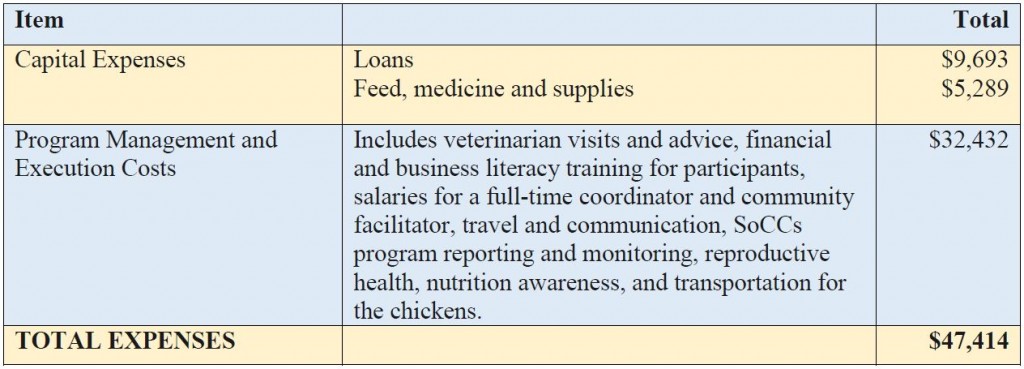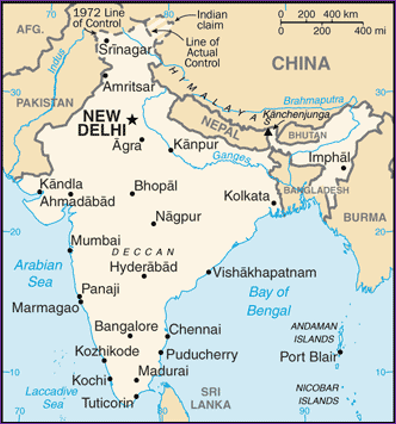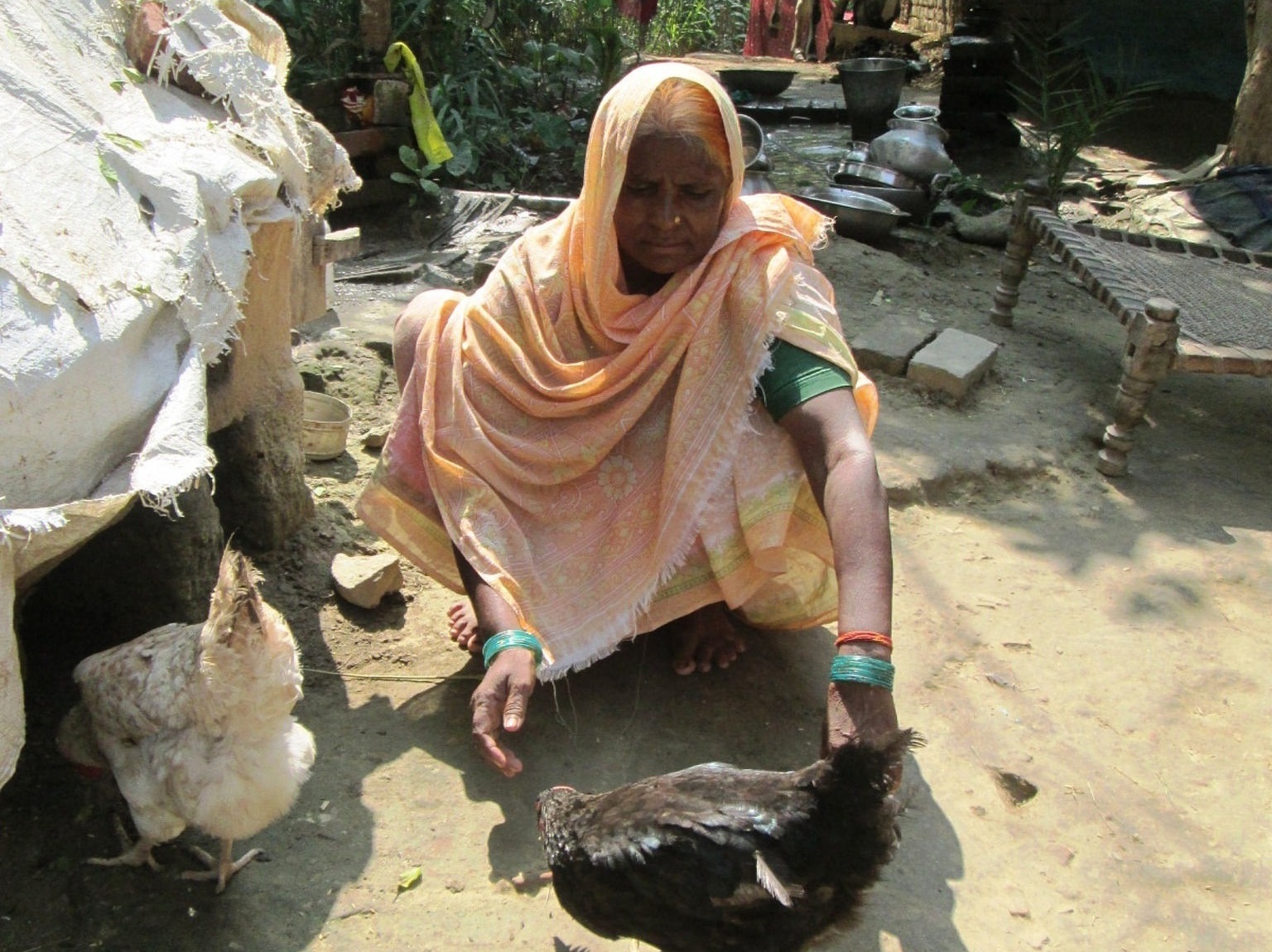
Mission
The mission of Asia Initiatives (AI) is to leverage the power of social capital to promote healthcare, education and sustainable development to bring positive change in the wellbeing of people in underserved communities. With a focus on women and their families, AI’s initiatives use transformative methodologies and technologies to empower people to take charge of their own development.
Life Challenges of the Women Served
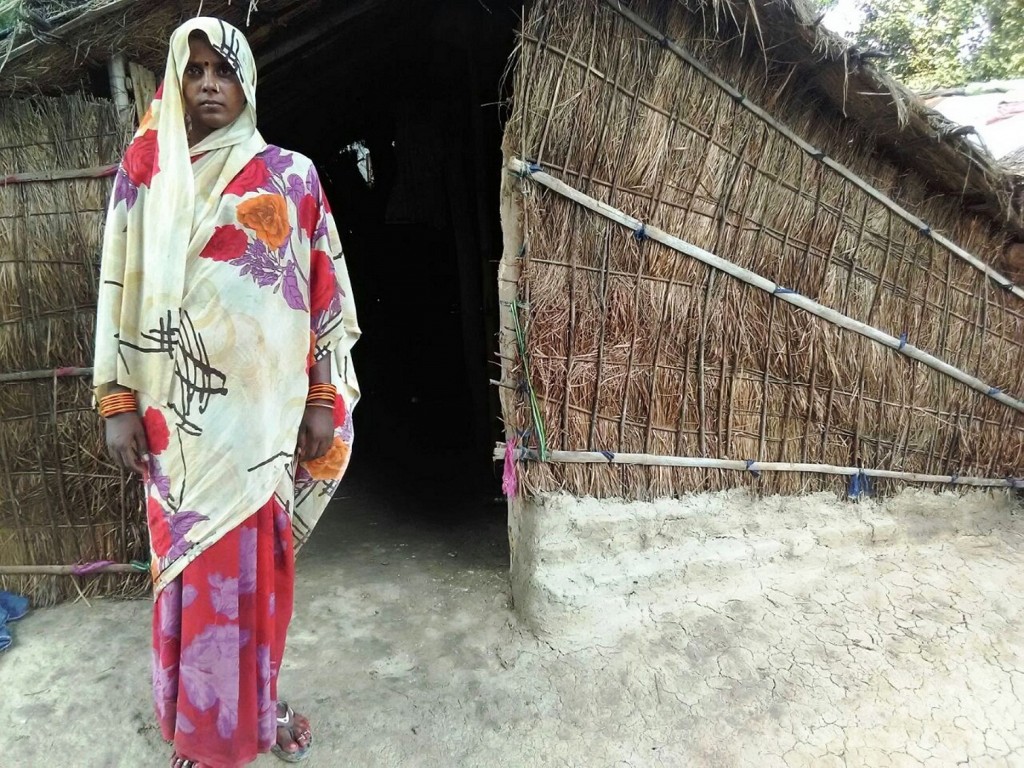 Asia Initiatives works with the most disadvantaged women and girls (ages 5 and older) in poor communities. These women and their families live below the poverty line, which in India is set at $0.50/day in rural areas and $0.68/day in urban areas in terms of purchasing power parity (compared to the international poverty line of $1.90/day). However, these women are also caught in the poverty trap due to severe gender discrimination, caste, and societal mores. Most people in these communities are illiterate and there is high incidence of alcoholism among men, which often results in domestic violence. The most impoverished people in India are landless laborers in rural areas. Women usually get half the daily wages of men for similar work. The girl children in such families are expected to help with household chores and care of the younger siblings instead of going to school. They also get inadequate protein in their diet – about 70 percent of girl children in AI’s projects suffer from anemia. Girls are often married before they turn 18, and often give birth to babies who have low birthweight and consequent health issues such as stunting.
Asia Initiatives works with the most disadvantaged women and girls (ages 5 and older) in poor communities. These women and their families live below the poverty line, which in India is set at $0.50/day in rural areas and $0.68/day in urban areas in terms of purchasing power parity (compared to the international poverty line of $1.90/day). However, these women are also caught in the poverty trap due to severe gender discrimination, caste, and societal mores. Most people in these communities are illiterate and there is high incidence of alcoholism among men, which often results in domestic violence. The most impoverished people in India are landless laborers in rural areas. Women usually get half the daily wages of men for similar work. The girl children in such families are expected to help with household chores and care of the younger siblings instead of going to school. They also get inadequate protein in their diet – about 70 percent of girl children in AI’s projects suffer from anemia. Girls are often married before they turn 18, and often give birth to babies who have low birthweight and consequent health issues such as stunting.
This project will focus on Shohratgarh, in the Siddharthnagar district, a poor area of landless agricultural laborers. The lack of substantial education in agricultural development combined with low levels of personal and academic education have set the unstable foundation for the disparity in women’s development in the region. Because women have not been exposed to the resources they need and have been internally discriminated against in the community, they have been placed at a firm disadvantage. This makes the problem both harder to rectify and more necessary to engage in. The area is also prone to floods and natural disasters, which make life difficult. Residents keep juggling with cultivation in the flood prone area. The havoc of flood leaves the land deprived of fertility and leaves its farmers in extreme poverty.
The Project
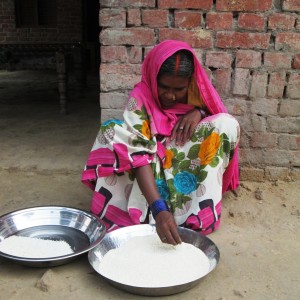 This project aims to promote sustainable development and a sense of independence and strong community among the women in Shohratgarh through rural poultry farming. The initial goal is income generation for women’s self-help groups in 10 villages that will include 450 distressed women farmers. This will be achieved by helping women start small-scale poultry farms. Women will be trained in poultry farming and improving the nutrition for themselves and their families through the chickens they raise. Women will also be trained in record keeping and financial literacy and will be encouraged to regularly save small amounts. Expert help will be available to the women in case the chickens develop sickness or other problems. Since the women will come together to learn these various skills, their meetings will also begin to provide a platform to share problems and solutions. The women have expressed enthusiasm for the poultry farming project, which will provide them not only financial and nutritional support, but is also something they can do while still taking care of the children and elderly in their families and without breaking those social norms.
This project aims to promote sustainable development and a sense of independence and strong community among the women in Shohratgarh through rural poultry farming. The initial goal is income generation for women’s self-help groups in 10 villages that will include 450 distressed women farmers. This will be achieved by helping women start small-scale poultry farms. Women will be trained in poultry farming and improving the nutrition for themselves and their families through the chickens they raise. Women will also be trained in record keeping and financial literacy and will be encouraged to regularly save small amounts. Expert help will be available to the women in case the chickens develop sickness or other problems. Since the women will come together to learn these various skills, their meetings will also begin to provide a platform to share problems and solutions. The women have expressed enthusiasm for the poultry farming project, which will provide them not only financial and nutritional support, but is also something they can do while still taking care of the children and elderly in their families and without breaking those social norms.
The backbone of this project will be Social Capital Credits (SoCCs). The SoCC concept is an innovative model of social development developed by Asia Initiatives to tackle the endemic issue of poverty while simultaneously promoting the building of community spirit. SoCCs are a community currency for social good, which act as a catalyst for development without the sole reliance on money. SoCCs enable each development dollar to have a multiplier impact, since community members “earn” their personal good, such as education, by 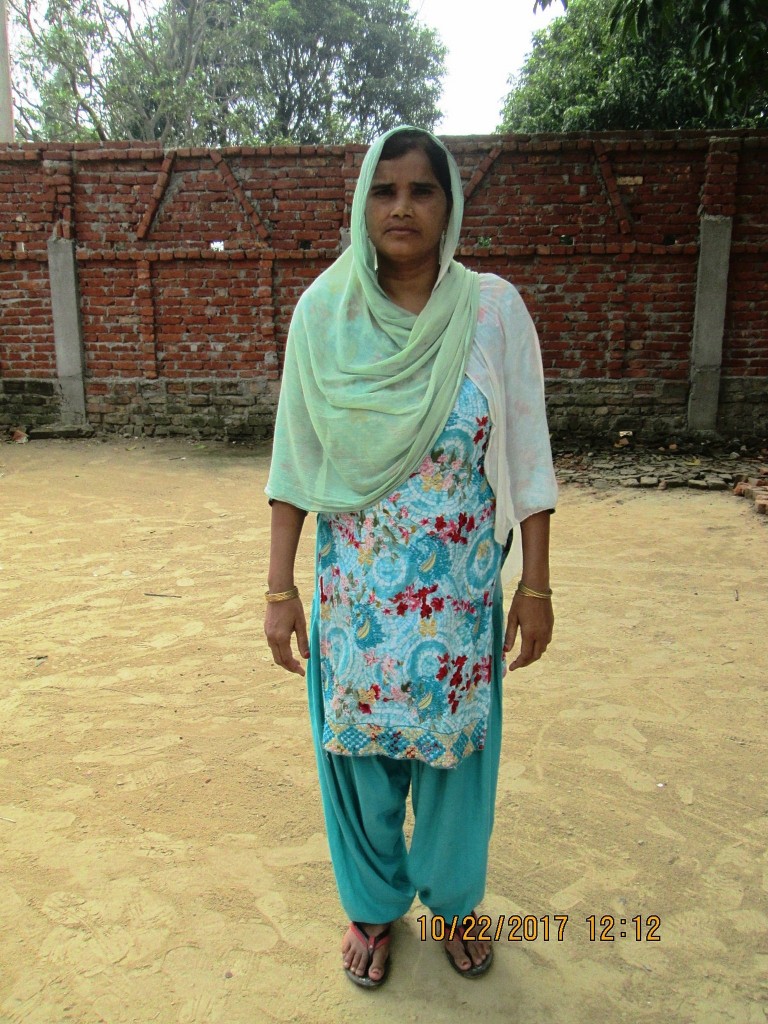 doing a social good such as planting trees. SoCCs also help make the invisible work that women do to support their communities visible. SoCCs are based on an Earning Menu, which is a list of specified activities developed by the participants in the community. By doing them, a pre-determined number of credits can be earned through the Redemption Menu. In this case, the Redemption Menu will allow each participant to receive vaccinated chicks and education on how to raise the chickens. In essence, the women will “purchase” the chicks to start their farms by doing something to improve the health of their community.
doing a social good such as planting trees. SoCCs also help make the invisible work that women do to support their communities visible. SoCCs are based on an Earning Menu, which is a list of specified activities developed by the participants in the community. By doing them, a pre-determined number of credits can be earned through the Redemption Menu. In this case, the Redemption Menu will allow each participant to receive vaccinated chicks and education on how to raise the chickens. In essence, the women will “purchase” the chicks to start their farms by doing something to improve the health of their community.
In the first year, the project will distribute 3,000 chicks that will further multiply, and a proportionate number put up for sale. At the end of the first year, the project will have earned approximately $16,900 from sale of the chicks. This revenue will be distributed among women, and also used to assist in the costs of sustaining the project. The women will reinvest profits in the project to ensure its sustainability and assist groups in running daily activities. The project will create employment for at least 450 women who are currently not employed in income generating activities. This employment will give them a way to generate income, increasing economic independence, decreasing their dependency on handouts, and thereby decreasing their risk of poor health. The project will provide women with practical skills in poultry keeping, business, marketing, and management. These skills can be used in future jobs or income generation activities of their own accord. The Social Capital Credits methodology ensures that the project is sustainable because the community has ownership of the project design as well as implementation. The accounting system built into the SoCCs methodology promotes community accountability and social capital.
This project will directly impact 450 women in the district and is expected to indirectly impact 3,900 in the community, allowing them to create a sustainable source of food and income.
Sustainable Development Goals
![]()
![]()
![]()
![]()
![]()
![]()
![]()
Questions for Discussion
- Do you think social capital based programs can help bring an end to poverty?
- How does the involvement of the women in the community developing their SoCC menus help the program’s sustainability?
- Why is poultry farming a good choice for women in this community?
How the Grant Will be Used
DFW’s grant of $47,414 will cover the loans distributed to the participants, feed and supplies for the chickens, personnel, and other program management costs. The cost per direct beneficiary will be $105.36 per person.
Why We Love This Project/Organization
We love this project because Social Capital Credits are so innovative and unique, and the project will promote the idea of women making choices based on their social capital. Asia Initiatives has very good partners in the 10 villages.
Evidence of Success
The core philosophy of SoCCs is that people on the ground know their problems and solutions better than any outsiders. As such, Asia Initiatives sees itself and its local partners as facilitators who help people realize their own social capital, on their own terms. By 2016, their efforts had resulted in the following: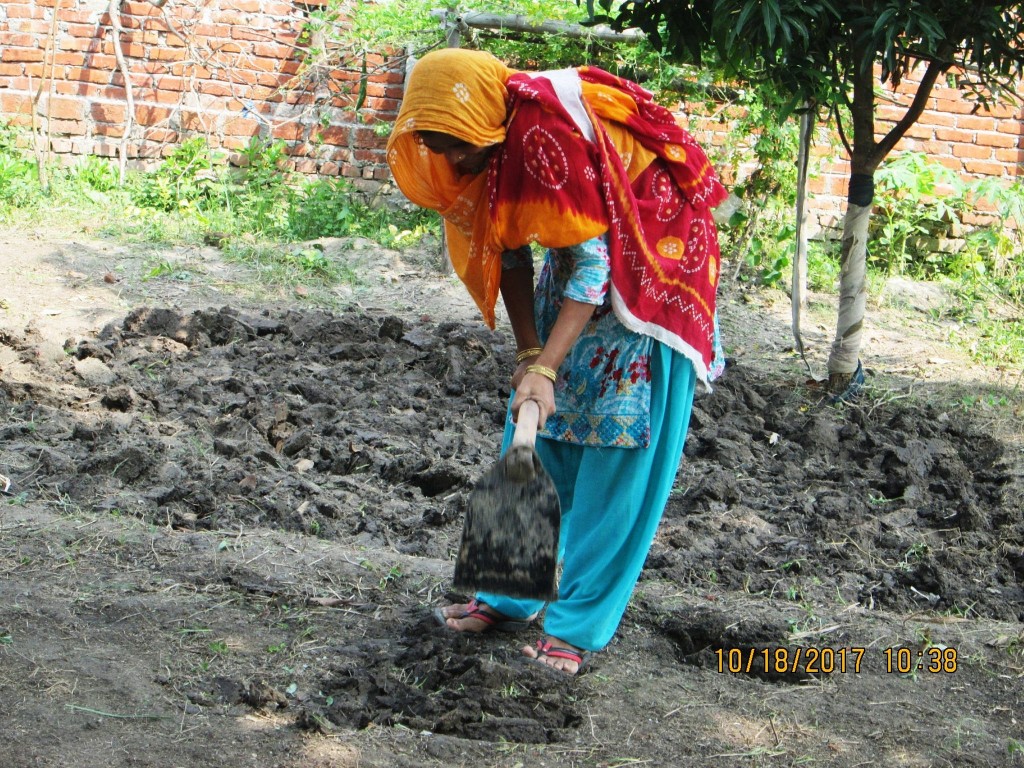
- 138 market women in Kumasi, Ghana, getting collateral-free 12 percent interest loans worth $60,000 USD instead of at 40 – 48 percent market interest rate
- 300 cattle loans given to women farmers in Tamil Nadu, India
- 50 girls learned karate for self-defense in Pune, India
- 2,500 women received regular health checkups in Maharashtra and Gujarat in India
- 1,200 women established community gardens in Maharashtra, India
- 280 children received digital education in Maharashtra
- 350 women artisans were incentivized to improve their embroidery products in New Delhi
- 9 wells de-silted in Pudukottai in Tamil Nadu, India
- 350 adolescent girls educated on sexual and reproductive health in Ahmedabad, Gujarat
- 3 check dams rendered 200 hectares of land in Maharashtra productive again
- 55 (100 percent) safe childbirths conducted among 21 self-help groups of 512 women in Haryana
- 1,500 people participated in helping restore a river in Madurai, Tamil Nadu
- 1,280 women managed waste to decrease vector borne diseases in their neighborhoods in Ahmedabad, Gujarat
- Women in Manyatta informal settlement in Kisumu cleaned up large unhealthy dumpsites in their neighborhood and learned recycling
Voices of the Girls
We have never been involved in any kind of employment activities. It has been difficult to go out of house for work, but doing the poultry program at home will contribute to our livelihood and ultimately will improve our family status.
Pooja, resident of Gangaram Mahadeva village
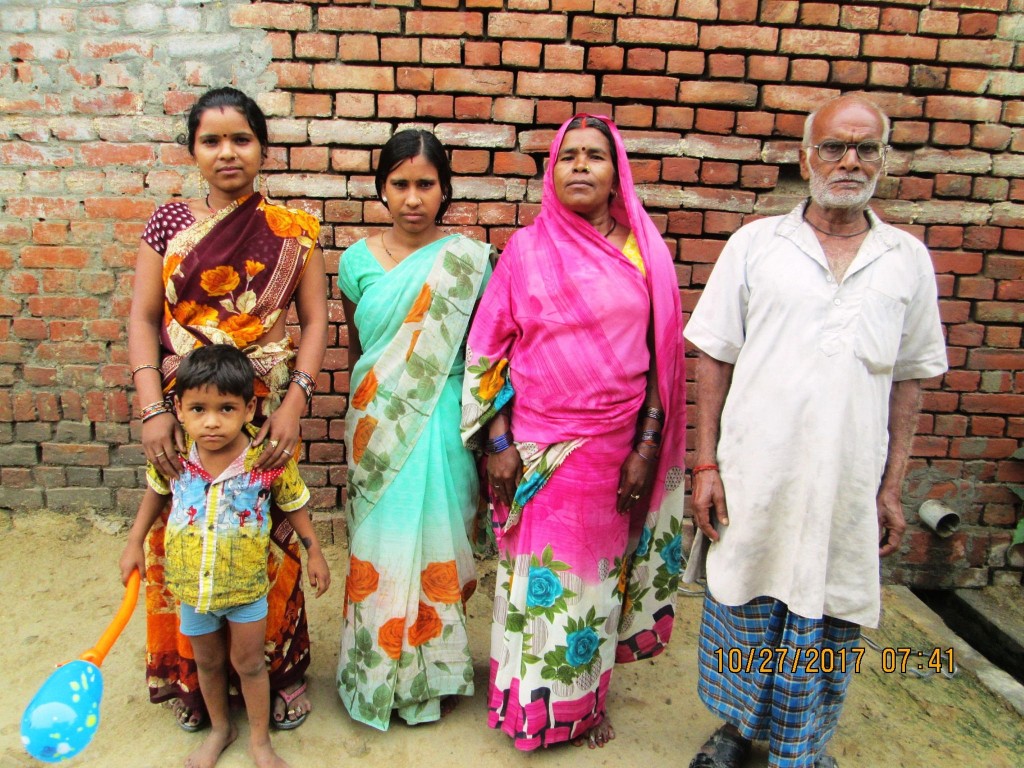 We women work at home from morning to evening but we do not earn anything and for money we have to look for earning member of our family. Poultry can be done easily in addition to other work at home and that too without anybody’s pressure. This is better opportunity for rural women. From this we can earn and improve our living standard.
We women work at home from morning to evening but we do not earn anything and for money we have to look for earning member of our family. Poultry can be done easily in addition to other work at home and that too without anybody’s pressure. This is better opportunity for rural women. From this we can earn and improve our living standard.
-Foola, from Naudihwa village
I think we women must also earn something for my family so as to meet needs of food, medicines, education, clothes, etc., but it is not possible to meet all this with very little income. Luckily, the staff from Shoharatgarh Environmental Society contacted me and suggested I participate in poultry farming. It seems to be very easy and can be done from home. This way we can increase our personal savings.
-Badli, from Gadakul village
Even after working the whole day at home, women do not earn any money. They have to depend on other earning member of the family. Sometimes they also refuse to give money. That time we feel bad. Sometimes we don’t have money for our personal needs. From the poultry we can earn and save money for our future requirement.
-resident of Dohani village
About the Organization
Asia Initiatives began in 1999, when a group of friends in Tokyo began to meet to strategize ways in which they could help the severely underprivileged people in South Asia, and particularly in India. They were deeply inspired by the work of Prof. Swaminathan, known as the father of Green Revolution in India and Modern Gandhi. 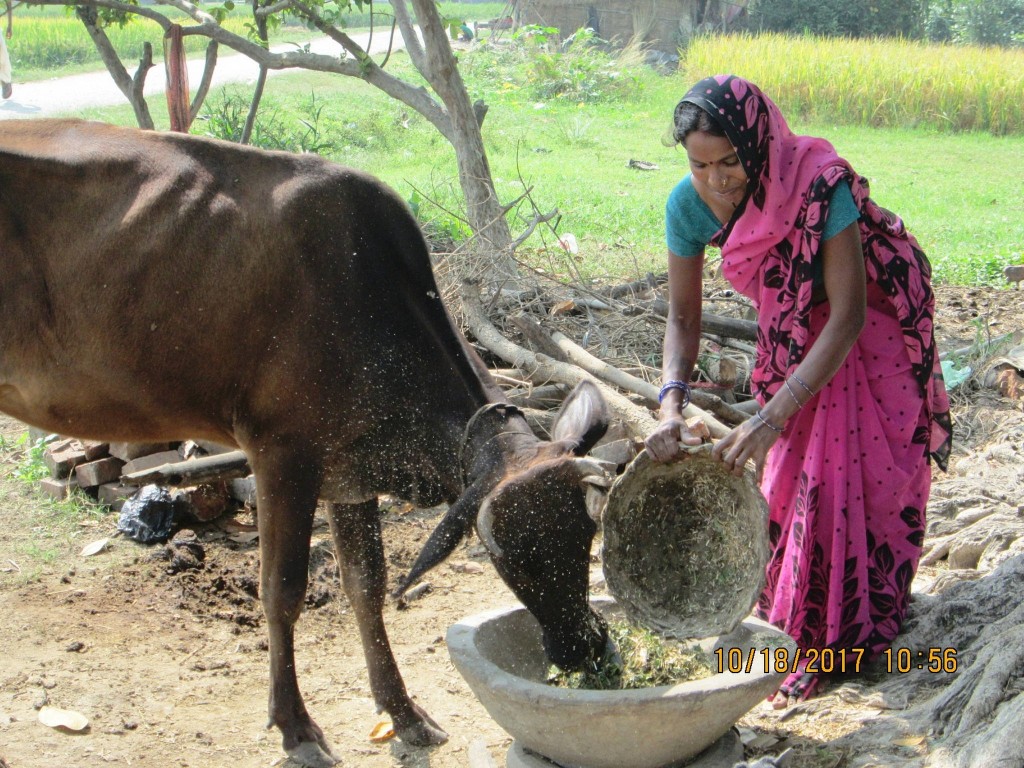 As the mission of Asia Initiatives of “Pro-poor, Pro-Women and Pro-Environment” resonated with people, AI was launched, and soon opened chapters in Singapore and Australia. The first project sought to empower people through technology by supporting a Village Knowledge Center (VKC) program with MSSRF (M.S. Swaminathan Research Foundation, mssrf.org) where they donated over 3,500 used computers to VKCs, schools and other development projects in India and the Philippines. The focus was then shifted to the development of a micro credit program and provided seed funding for 200 micro credit banks supported by MSSRF. Asia Initiatives Headquarters was moved to New York in 2009 and it received its 501(c)(3) status in 2010. President and Co-founder, Dr. Geeta Mehta developed the methodology of Social Capital Credits (SoCCs), a community currency for social good that works like carbon credits or airline loyalty programs. Today, they leverage the power of this transformative concept, making communities the key stakeholders in their own success. Their projects have a greater reach around the world, including in India, Ghana, Kenya, Costa Rica and the United States where they are working to build local leadership and let women choose their own path to sustainable development through SoCCs.
As the mission of Asia Initiatives of “Pro-poor, Pro-Women and Pro-Environment” resonated with people, AI was launched, and soon opened chapters in Singapore and Australia. The first project sought to empower people through technology by supporting a Village Knowledge Center (VKC) program with MSSRF (M.S. Swaminathan Research Foundation, mssrf.org) where they donated over 3,500 used computers to VKCs, schools and other development projects in India and the Philippines. The focus was then shifted to the development of a micro credit program and provided seed funding for 200 micro credit banks supported by MSSRF. Asia Initiatives Headquarters was moved to New York in 2009 and it received its 501(c)(3) status in 2010. President and Co-founder, Dr. Geeta Mehta developed the methodology of Social Capital Credits (SoCCs), a community currency for social good that works like carbon credits or airline loyalty programs. Today, they leverage the power of this transformative concept, making communities the key stakeholders in their own success. Their projects have a greater reach around the world, including in India, Ghana, Kenya, Costa Rica and the United States where they are working to build local leadership and let women choose their own path to sustainable development through SoCCs.
Where They Work
The Poultry Farming project is located in the Shohratgarh Block of the Siddharthnagar district in Uttar Pradesh, India. India borders the Arabian Sea and the Bay of Bengal, between Burma and Pakistan. The country is the second most populated in the world, with a total population of 1,281,935,911 (July 2017 est.). According to the 2011 Census India report, the population of Shohratgarh is 9,326, of which 4,735 are males and 4.591 are females. A disproportionate number of women and their families in the Siddharthnager district are trapped in a vicious cycle of chronic hunger, poverty, consequent poor health, and hopelessness. Women in the area have very little education, are unskilled, and do not have access to income generating possibilities.
The life expectancy for the total population of India is 68.5 years. The maternal mortality rate is 174 deaths/100,000 live births (2015 est.), and the infant mortality rate is 40.5 deaths/1,000 live births. The literacy rate, as defined by those age 15 and older who can read and write, is 71.2 percent for the total population. The literacy rate for males is 81.3 percent, and for females it is 60.6 percent (2015 est.). The percentage of the population living below the poverty line is 21.9 percent (2011 est.).
A Closer Look at Social Capital
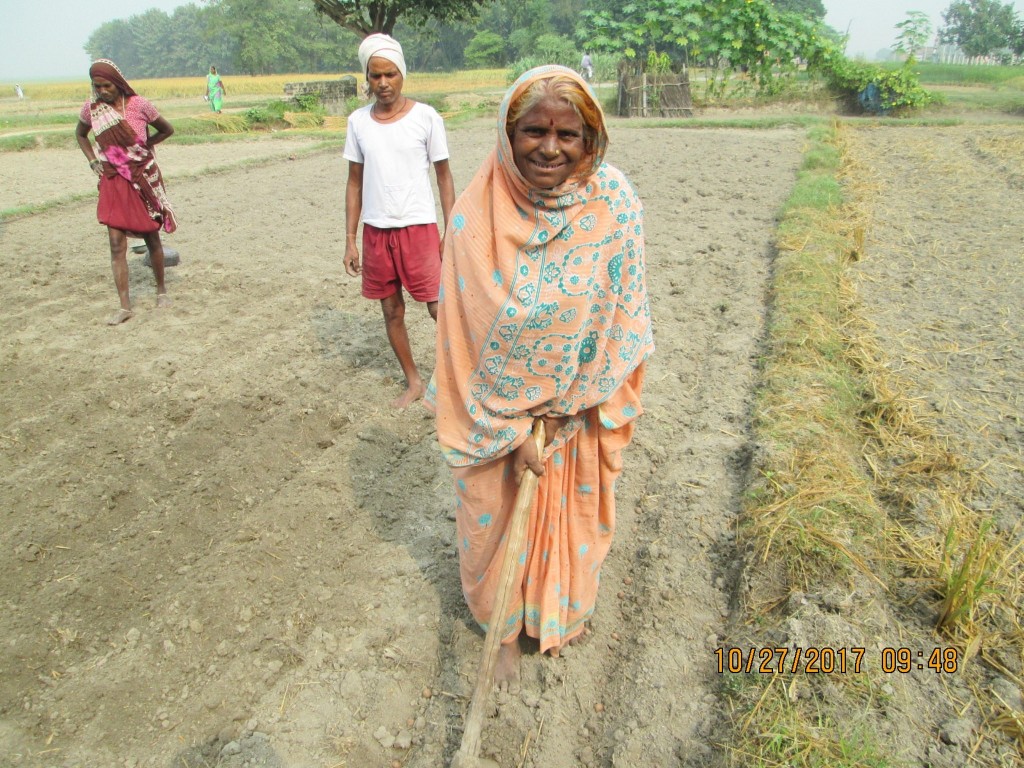 Social Capital ‒ the networks of relationships among people who live and work in a particular society, enabling that society to function effectively ‒ has become a popular term among sociologists and non-profits, however the idea that the involvement and participation in groups can have positive consequences for the individual and the community is not a new notion. There are different forms of social capital. In his book Bowling Alone, Robert Putman speaks of social capital as taking two forms: bonding and bridging. Bonding in social capital is referred to as social networks between homogenous groups. Bonding can be valuable for oppressed and marginalized members of the society to band together in groups and networks and support their collective needs. Bridging in social capital is referred to as social networks between socially heterogeneous groups. Bridging allows different groups to share and exchange information, ideas and innovation and builds consensus among the groups representing diverse interests.
Social Capital ‒ the networks of relationships among people who live and work in a particular society, enabling that society to function effectively ‒ has become a popular term among sociologists and non-profits, however the idea that the involvement and participation in groups can have positive consequences for the individual and the community is not a new notion. There are different forms of social capital. In his book Bowling Alone, Robert Putman speaks of social capital as taking two forms: bonding and bridging. Bonding in social capital is referred to as social networks between homogenous groups. Bonding can be valuable for oppressed and marginalized members of the society to band together in groups and networks and support their collective needs. Bridging in social capital is referred to as social networks between socially heterogeneous groups. Bridging allows different groups to share and exchange information, ideas and innovation and builds consensus among the groups representing diverse interests.
Basically, social capital is a community’s propensity to undertake tasks for the collective good. The founder of Asia Initiatives, Geeta Mehta, has expanded on that theory to create the concept of Social Capital Credits. She felt that incentivizing people to work toward common goals, and “earn” healthcare, education and neighborhood improvement could be a path toward poverty alleviation, and a way to empower women.
SoCCs are a community currency for social good. The system is based on an earnings menu and a redemption menu, which are individualized to each group AI works with. In addition, for every five SoCCs earned by a community member, one “CommSoCC” is also deposited into the community cache, which can then be used for projects such as micro sewage installations, improvements to public spaces, or childcare.
Source Materials
Forbes, What’s Better Than Money

